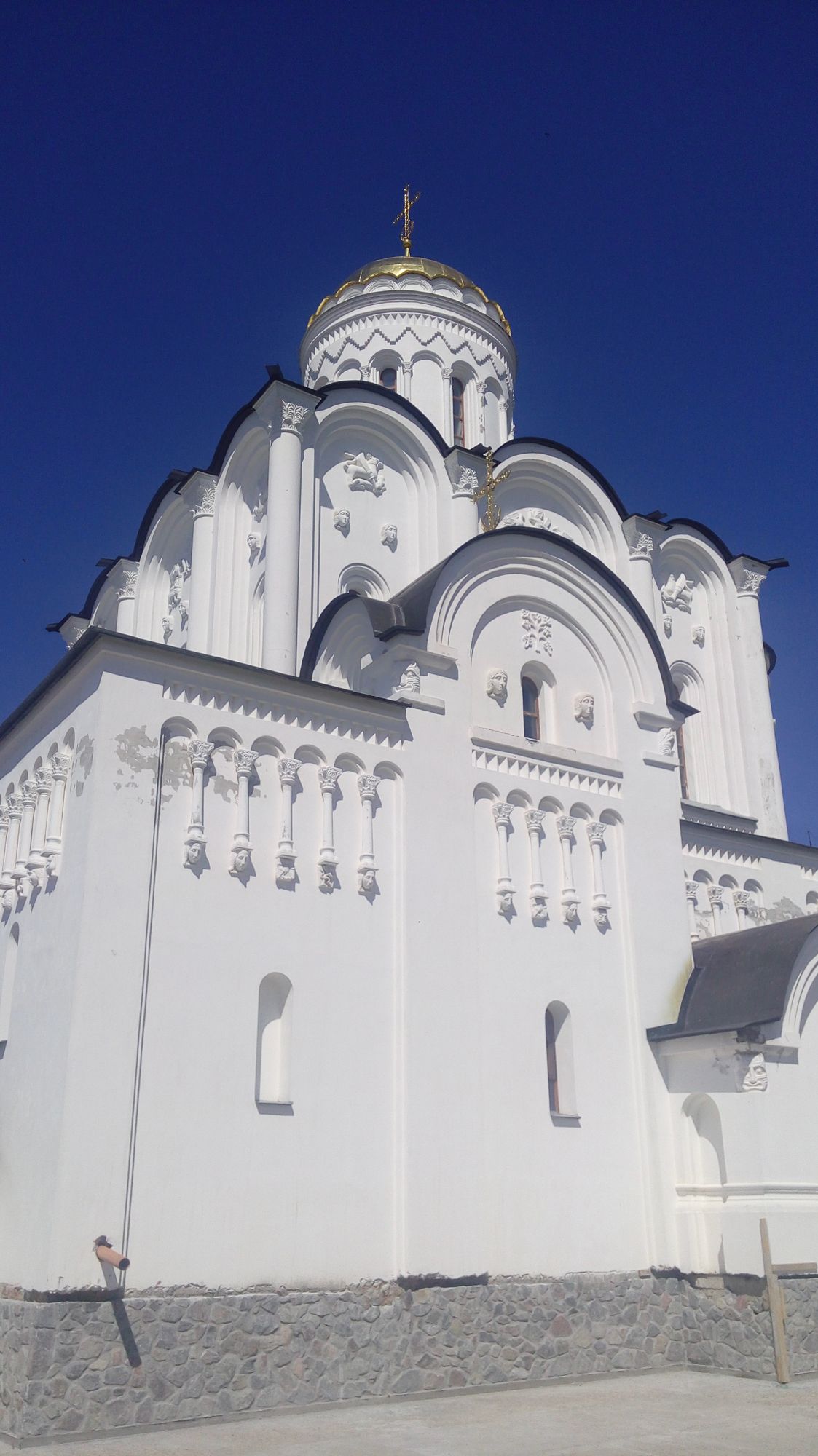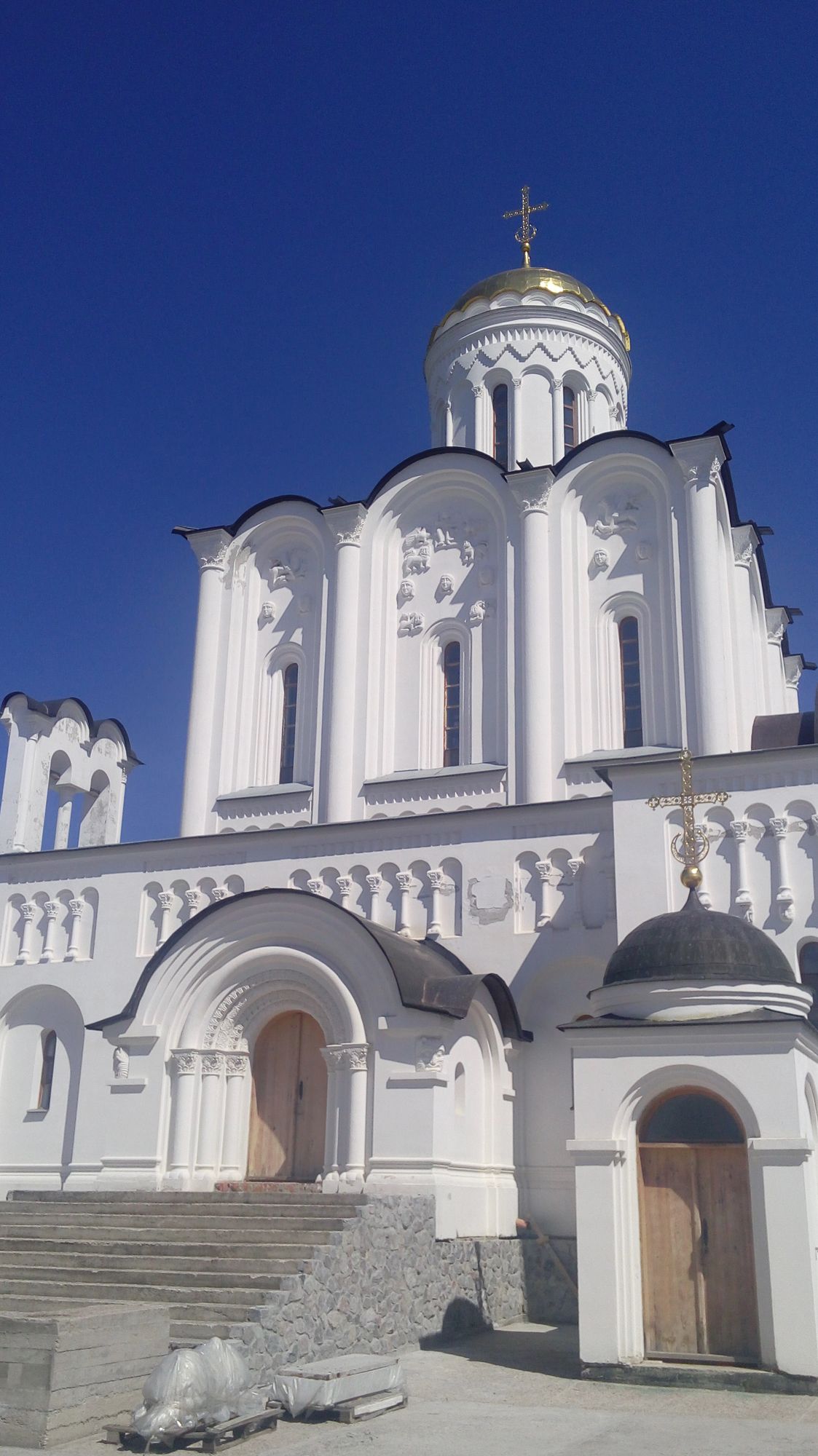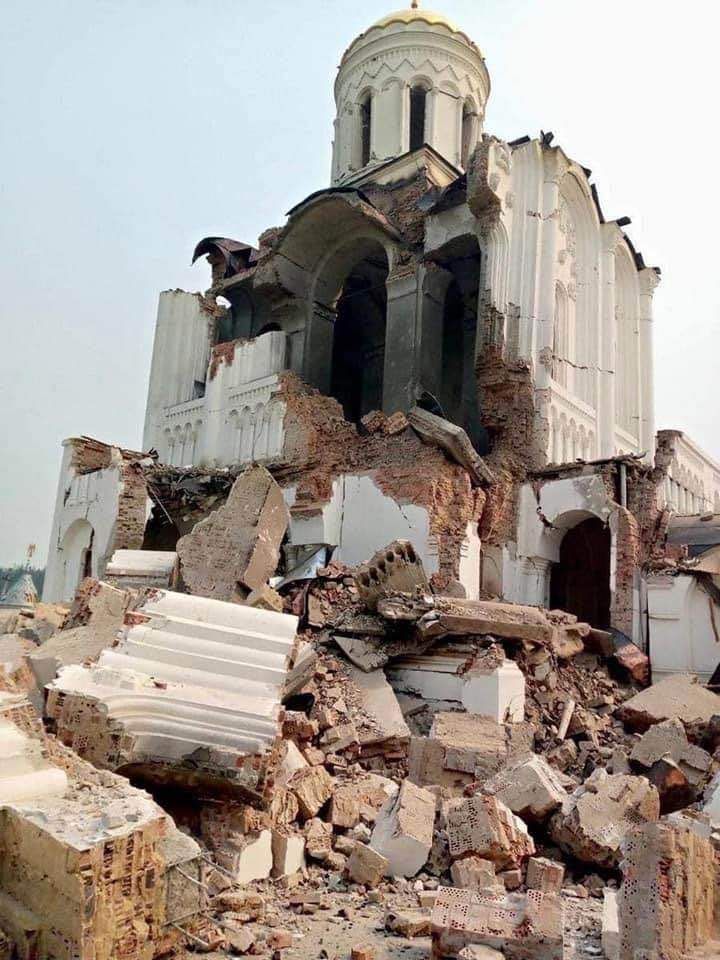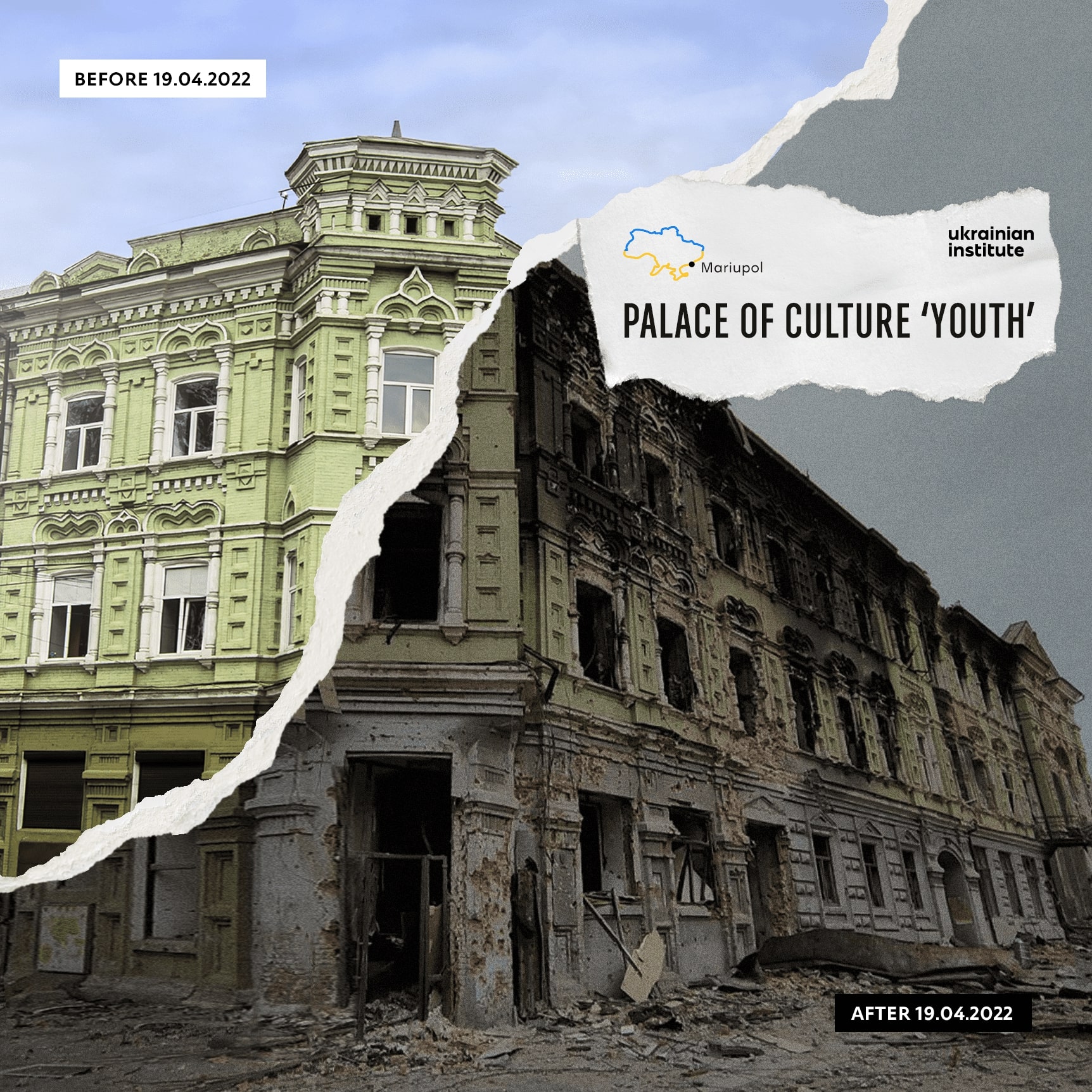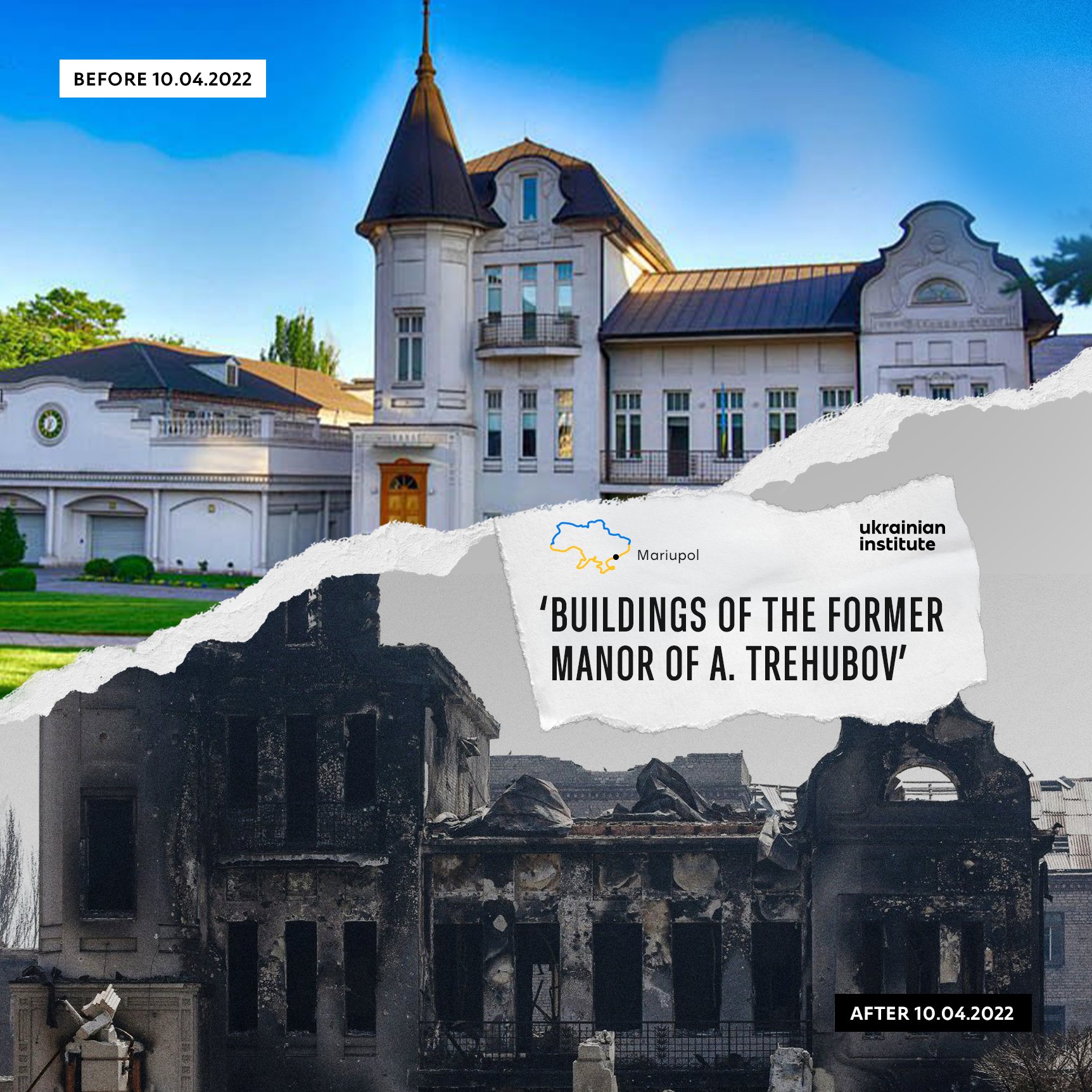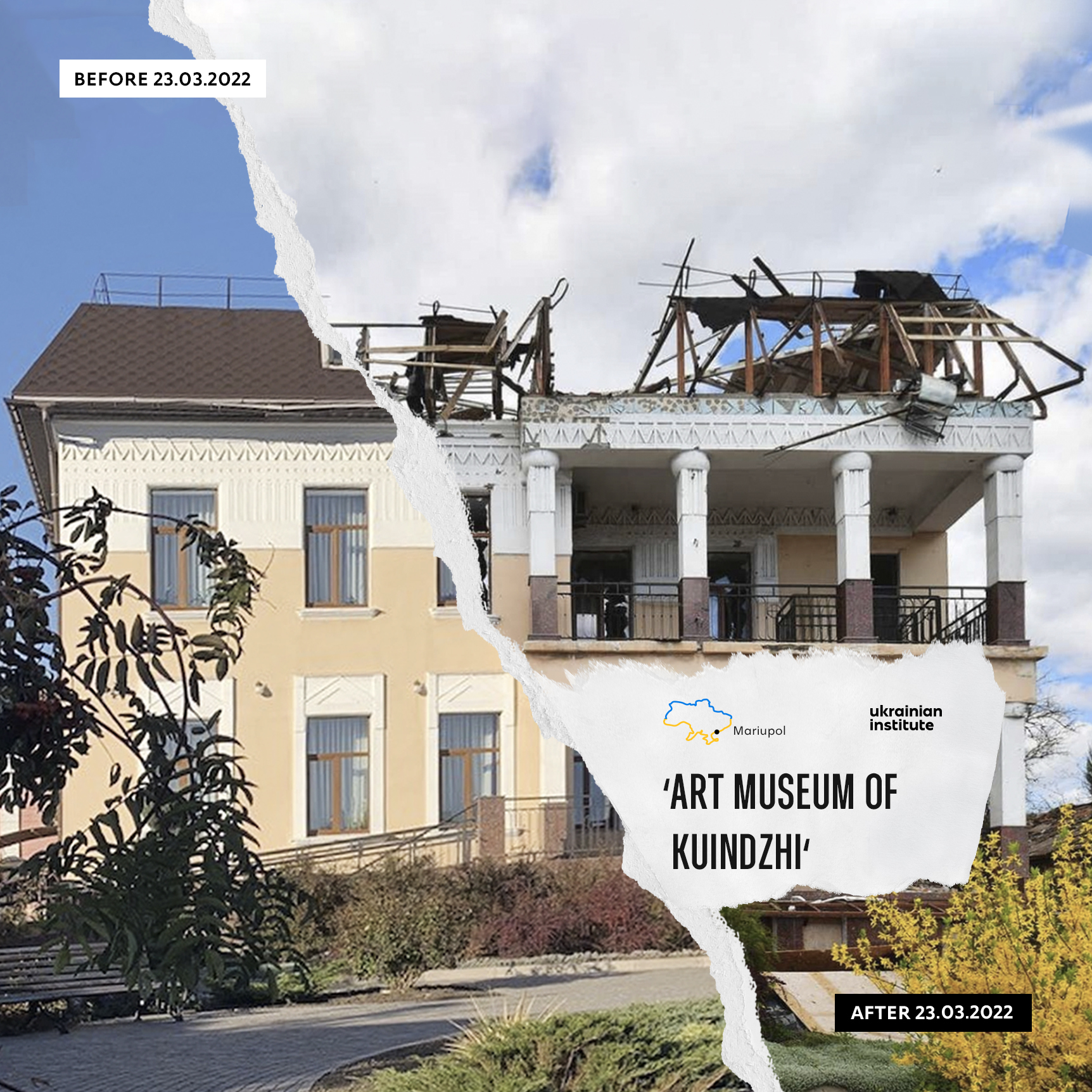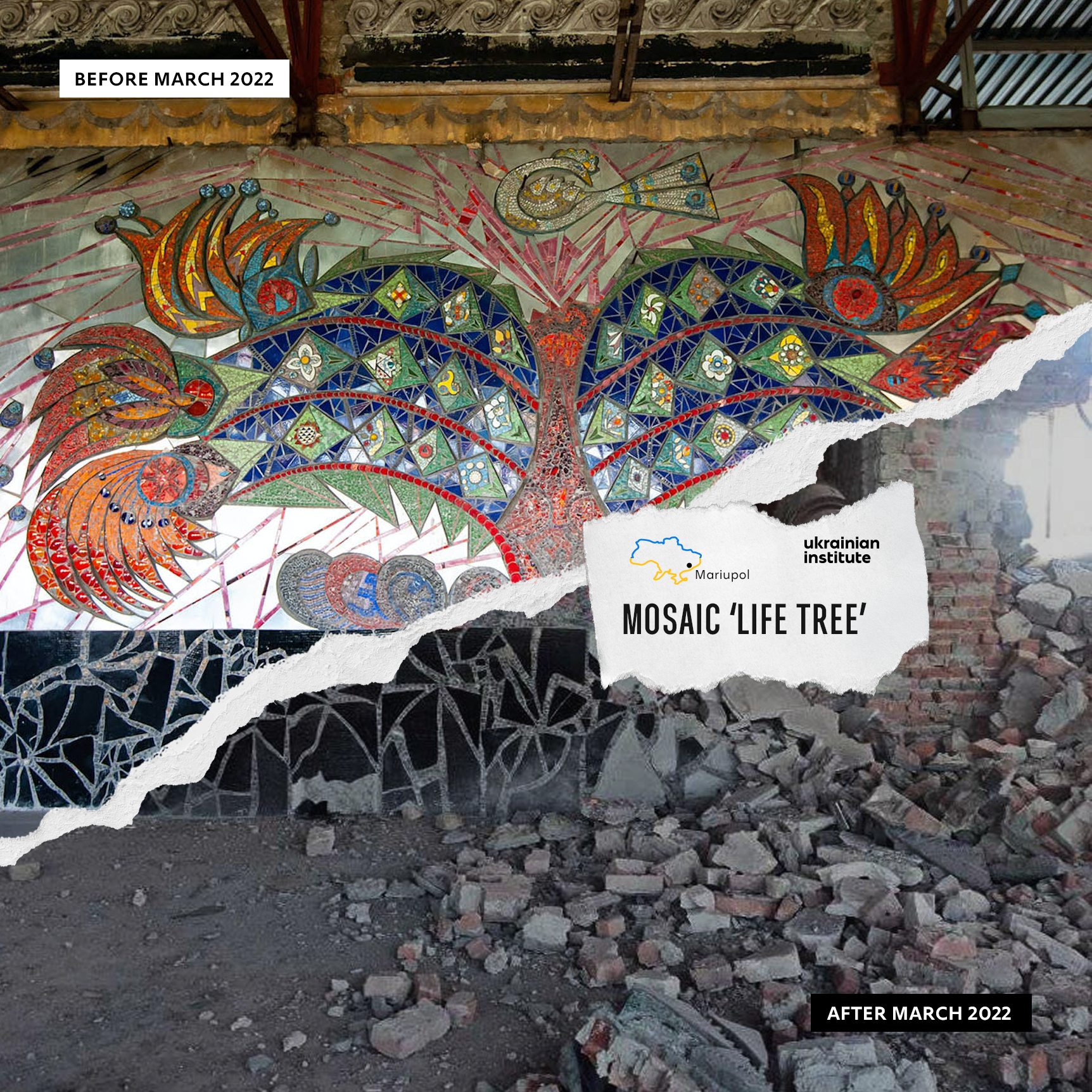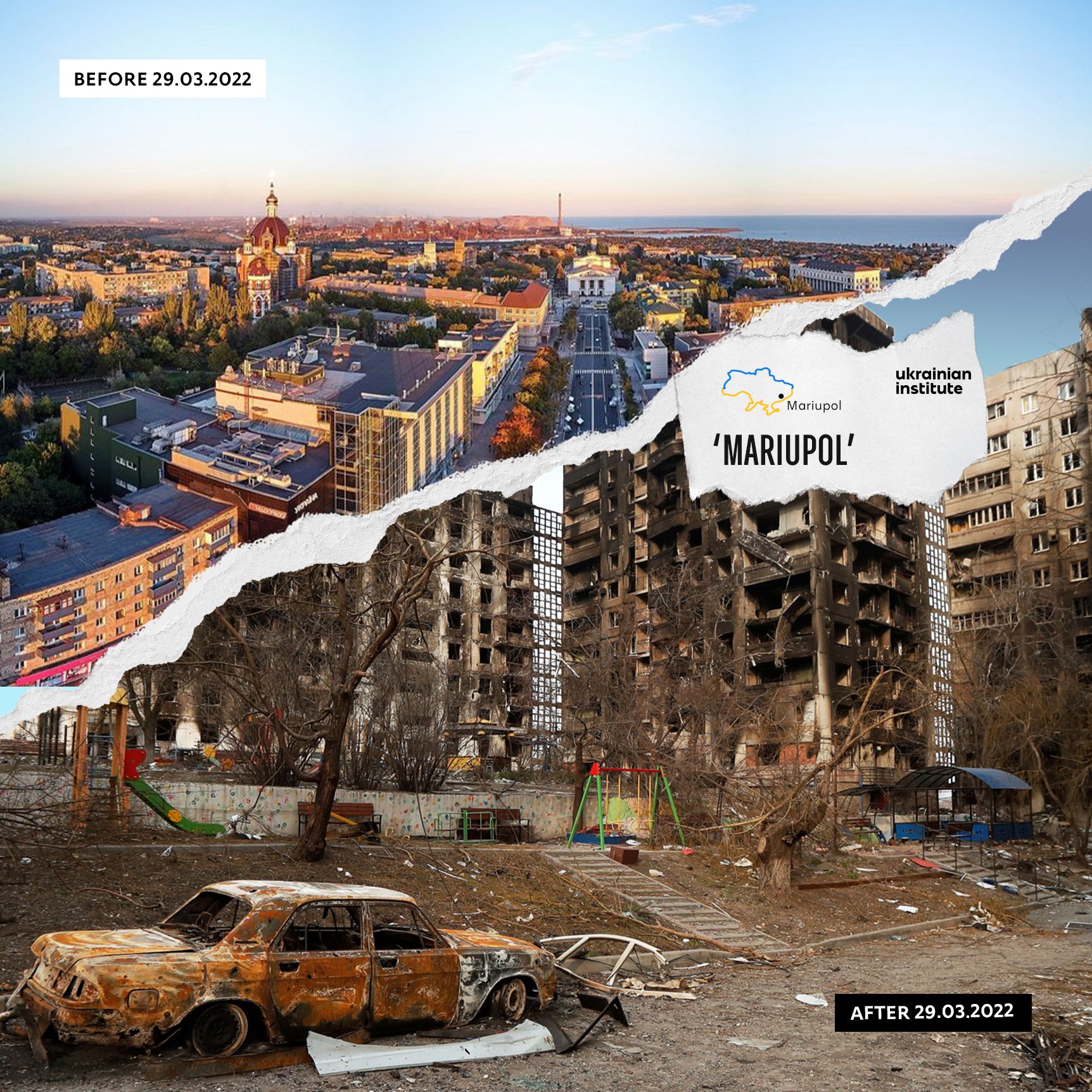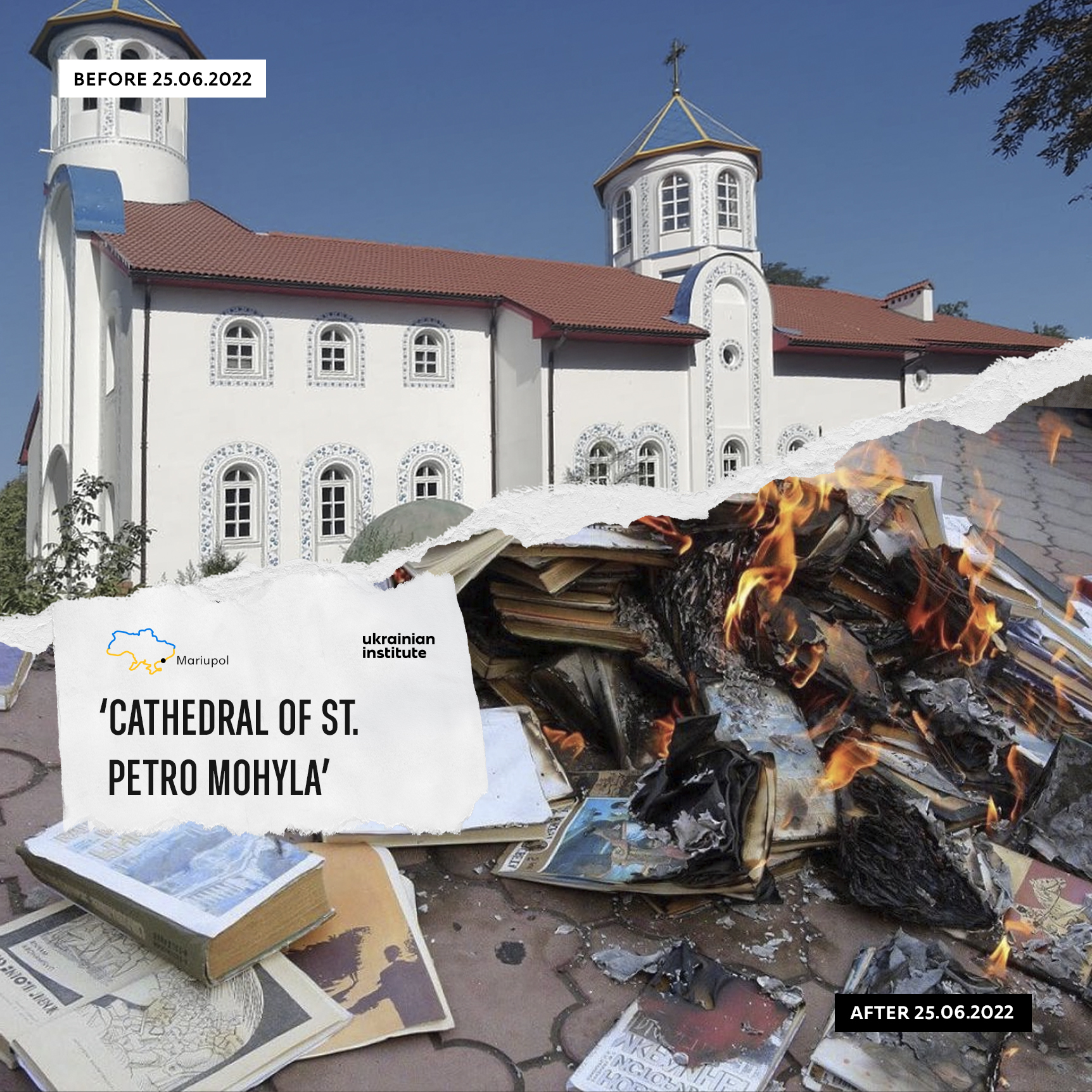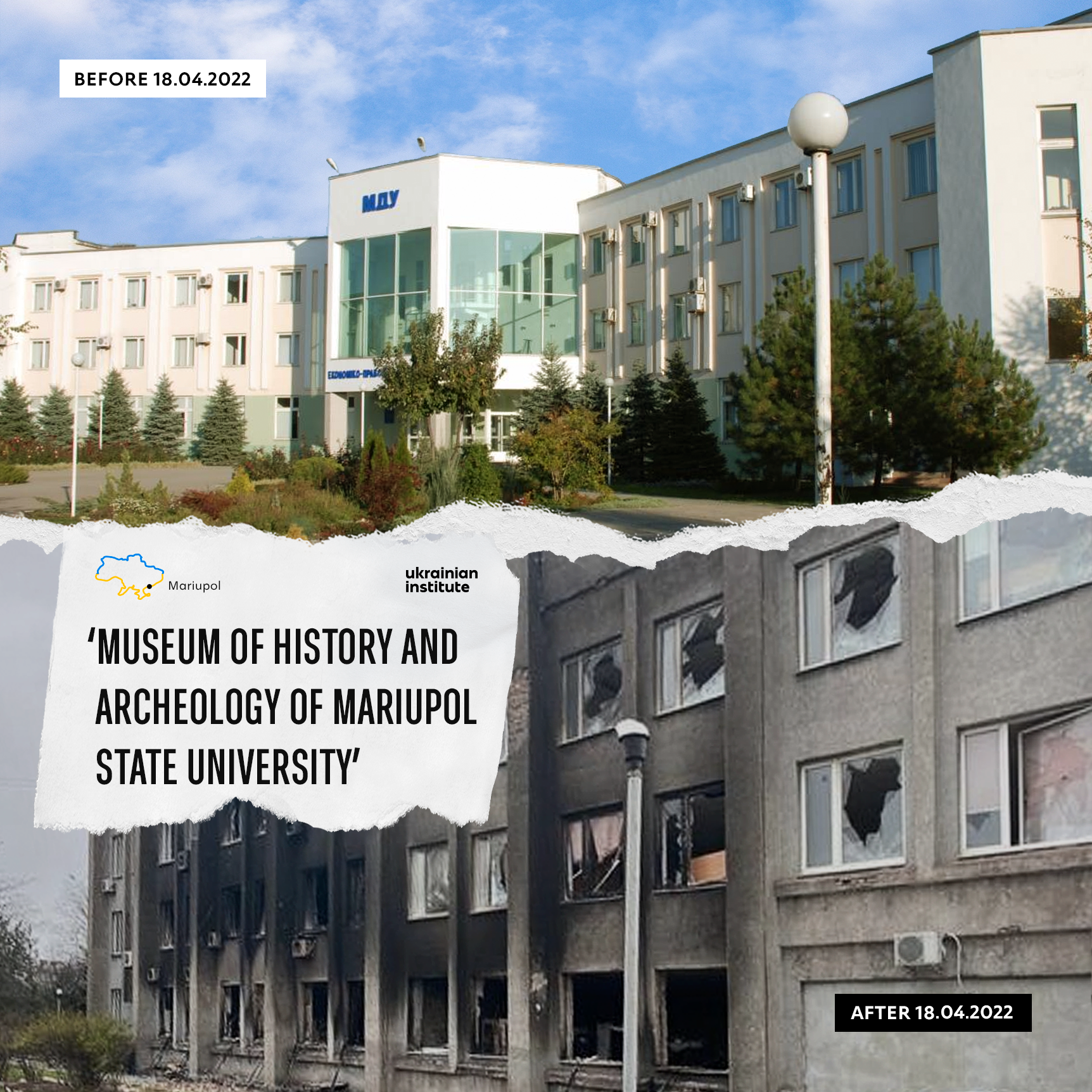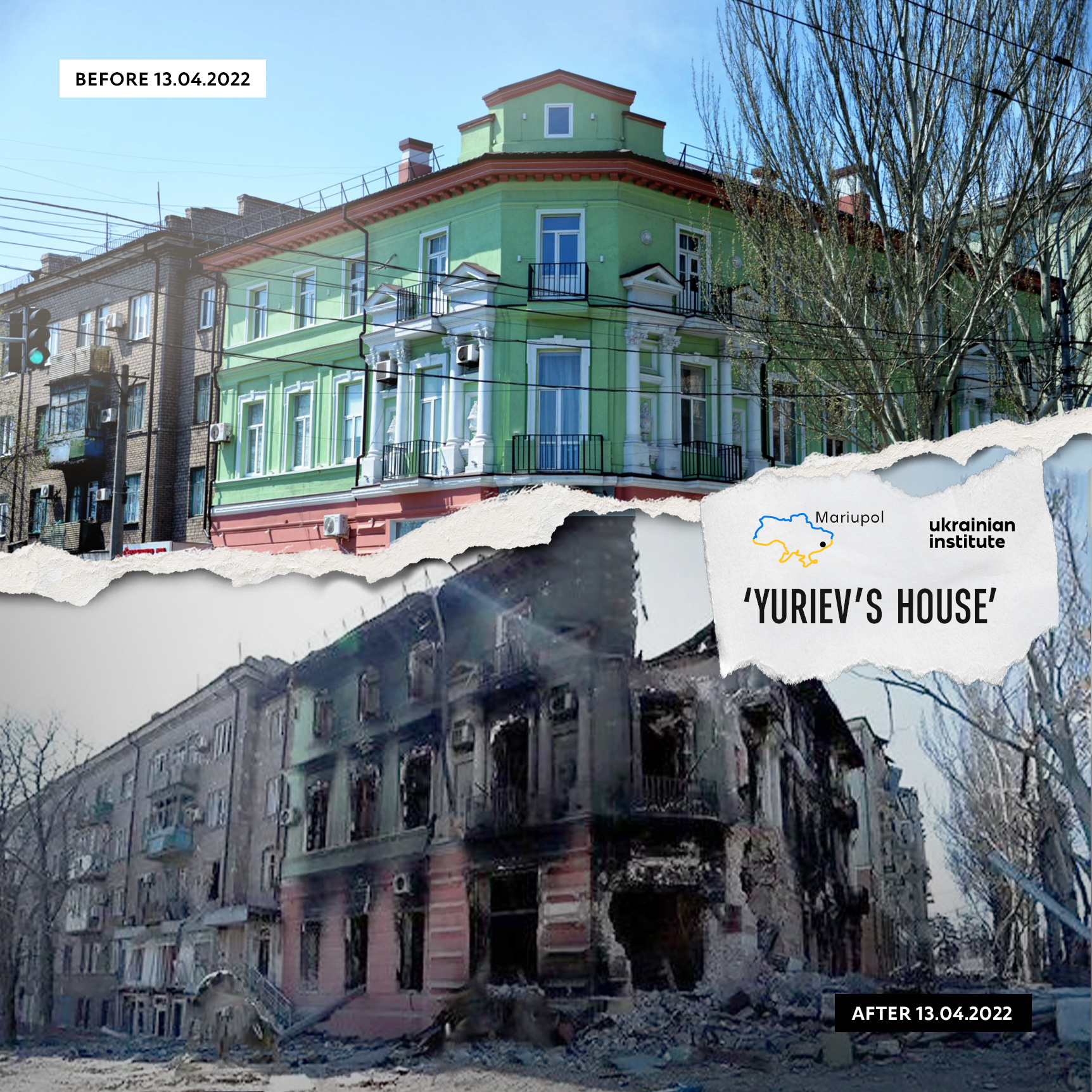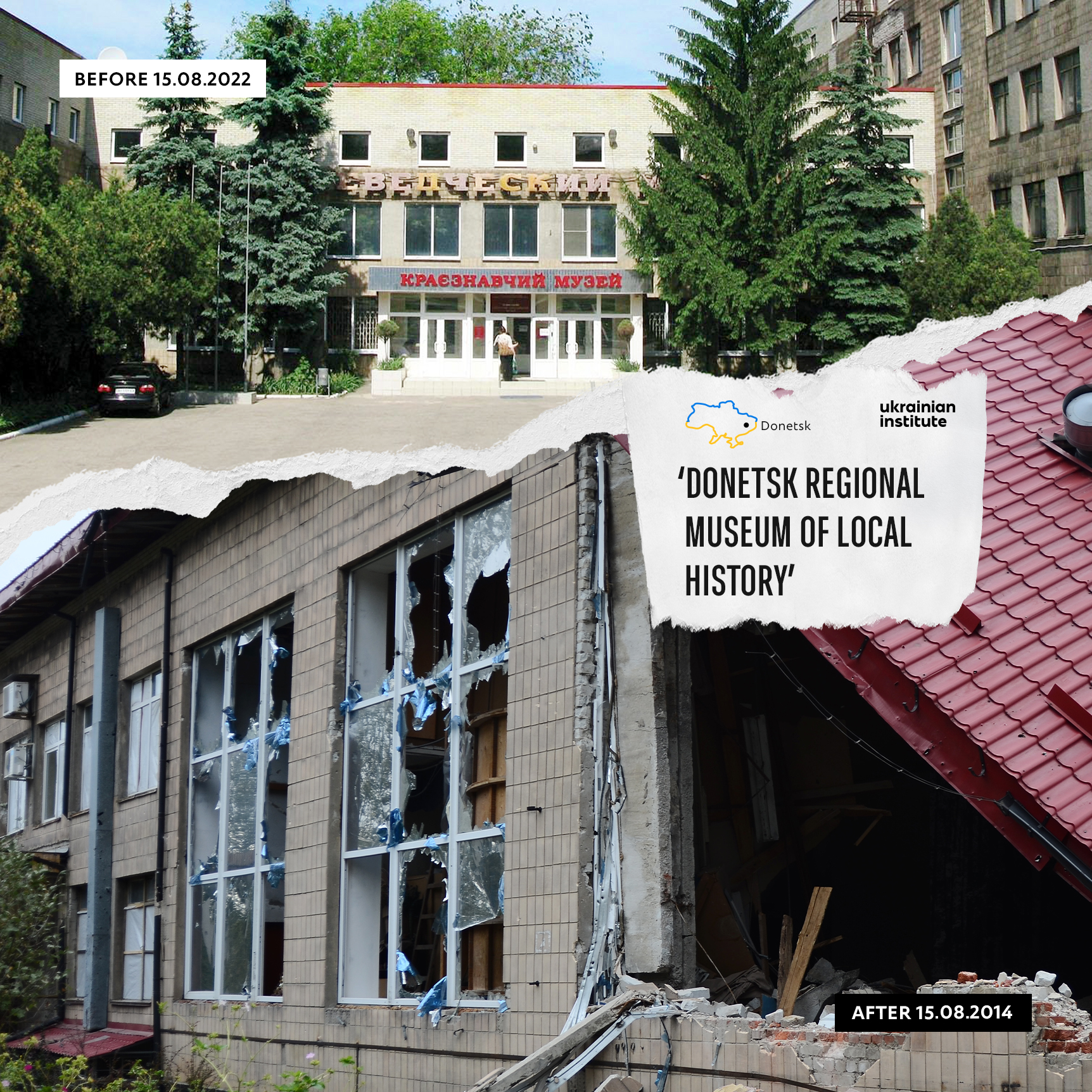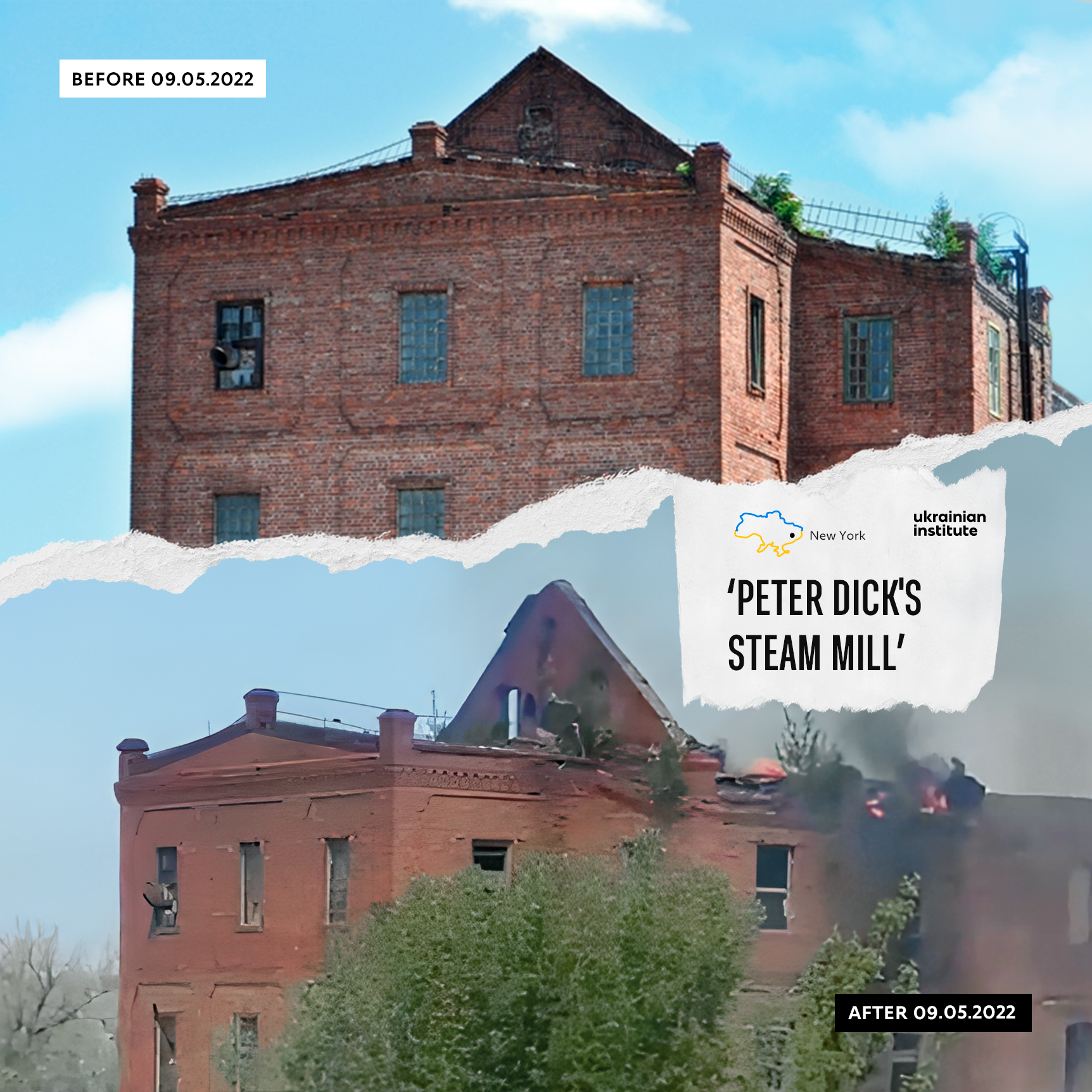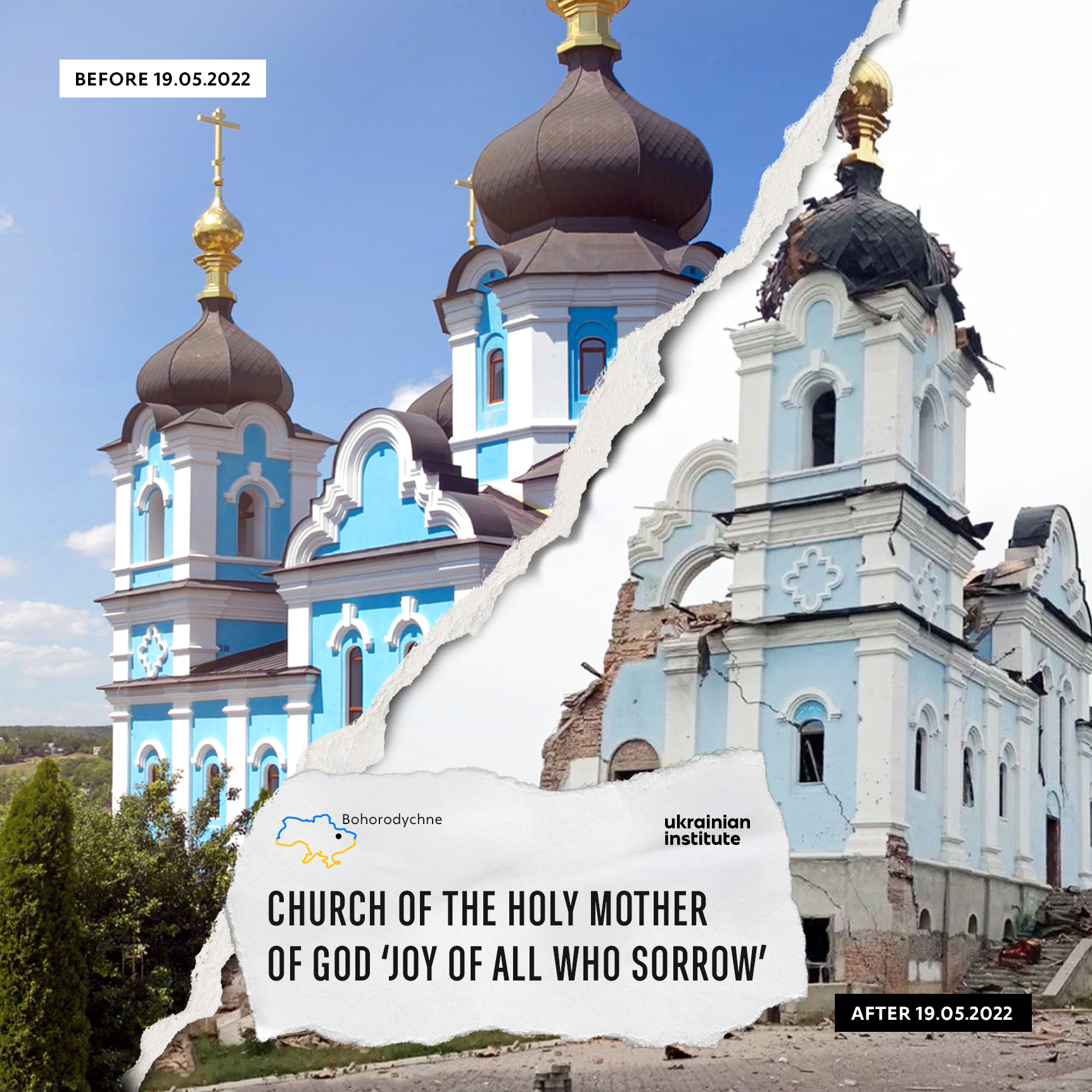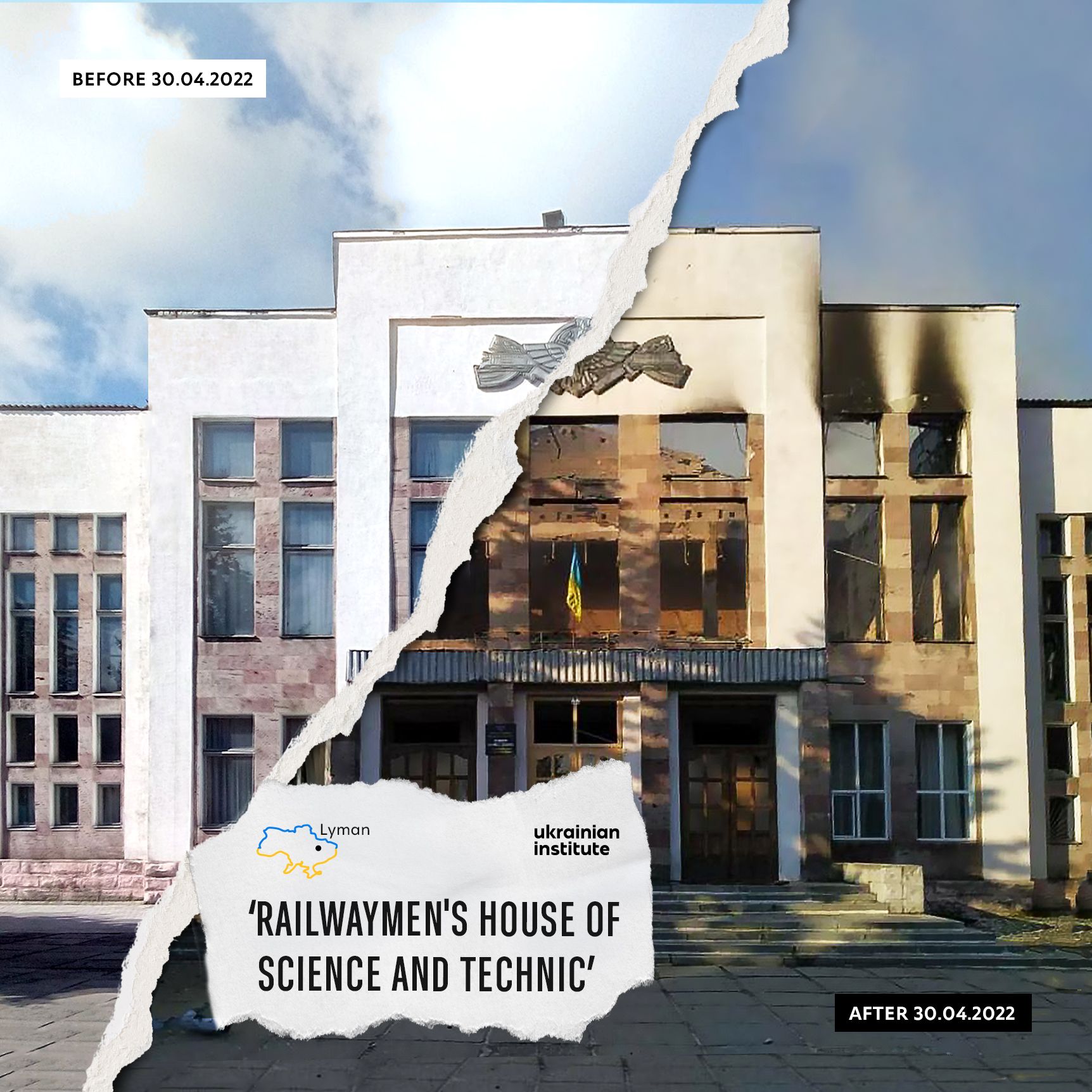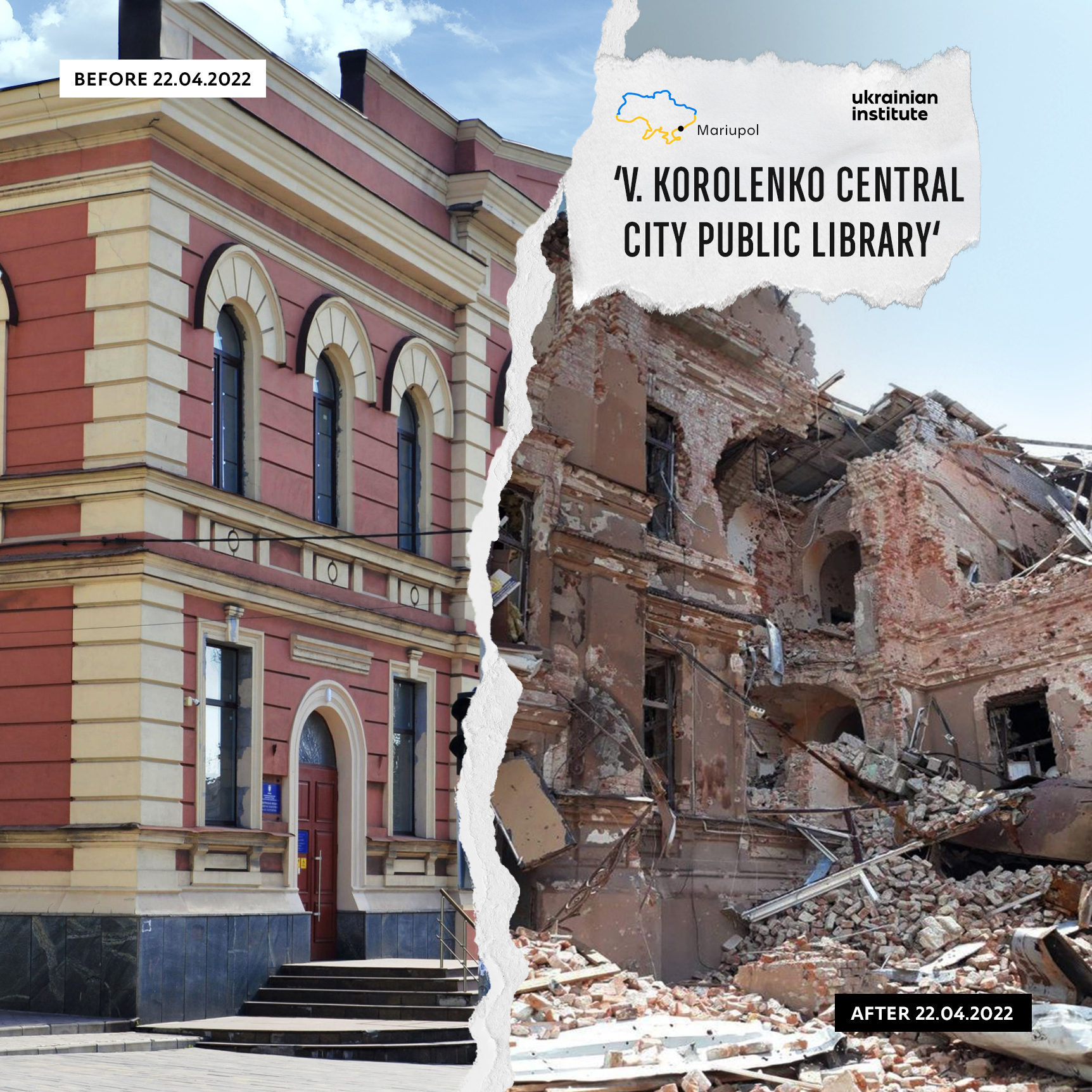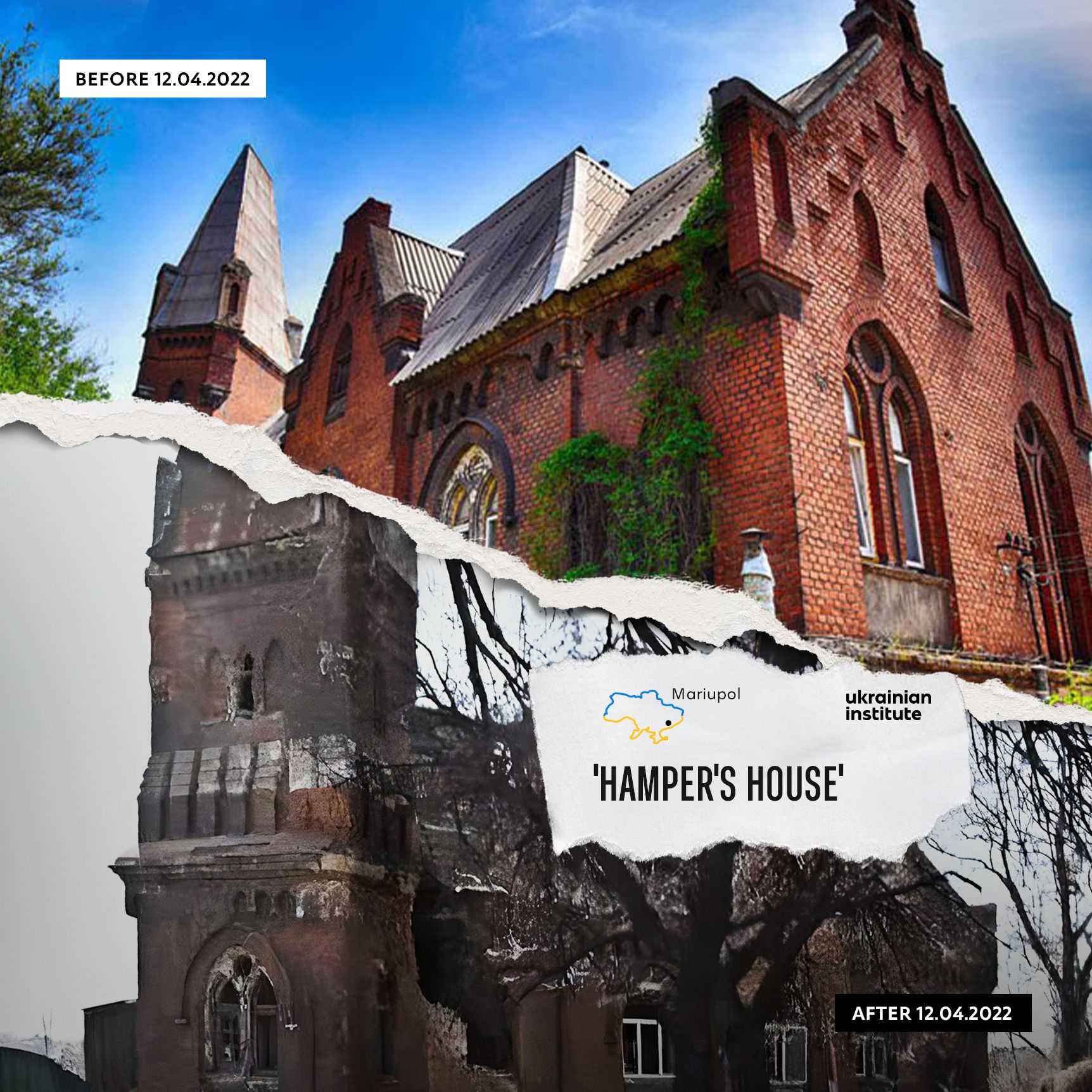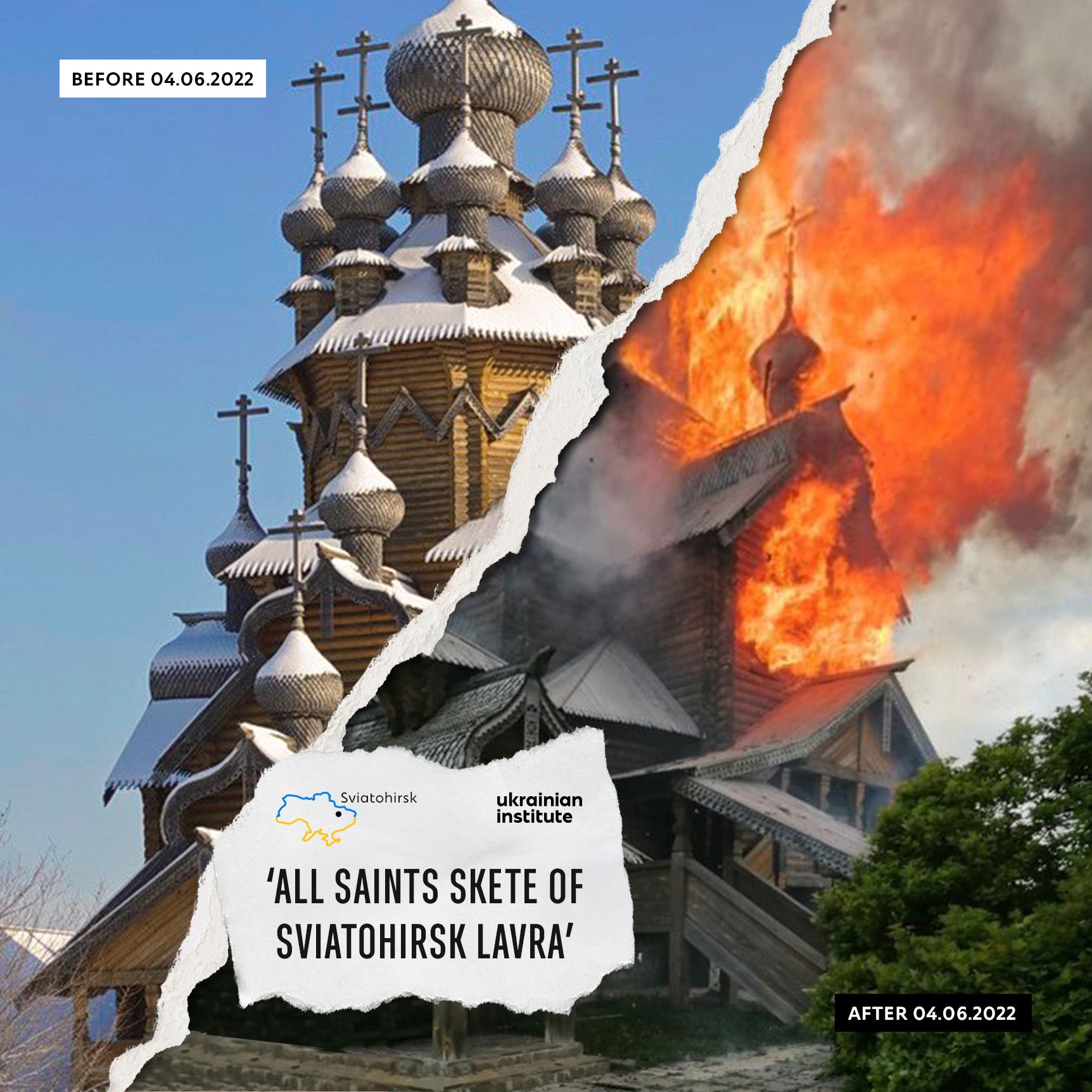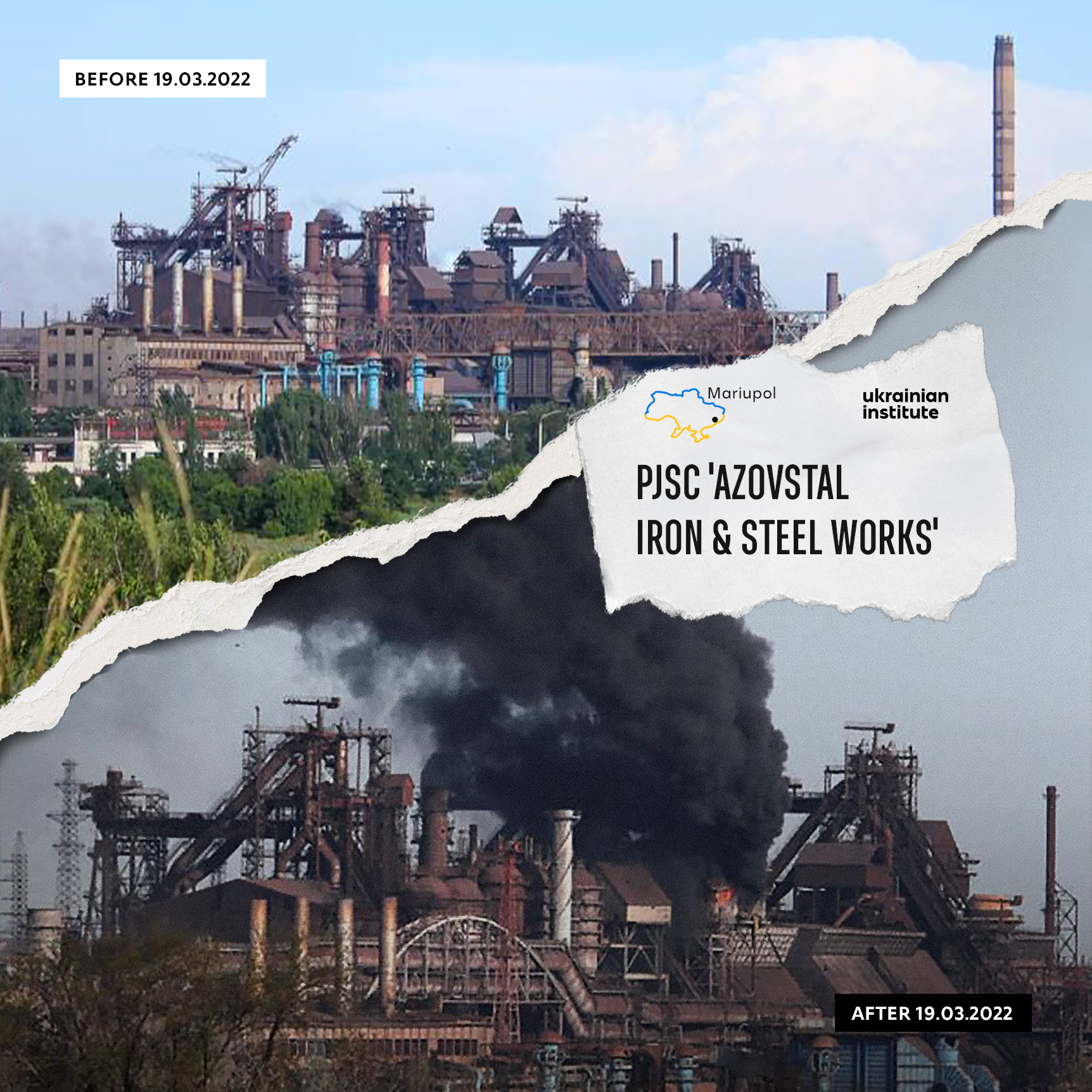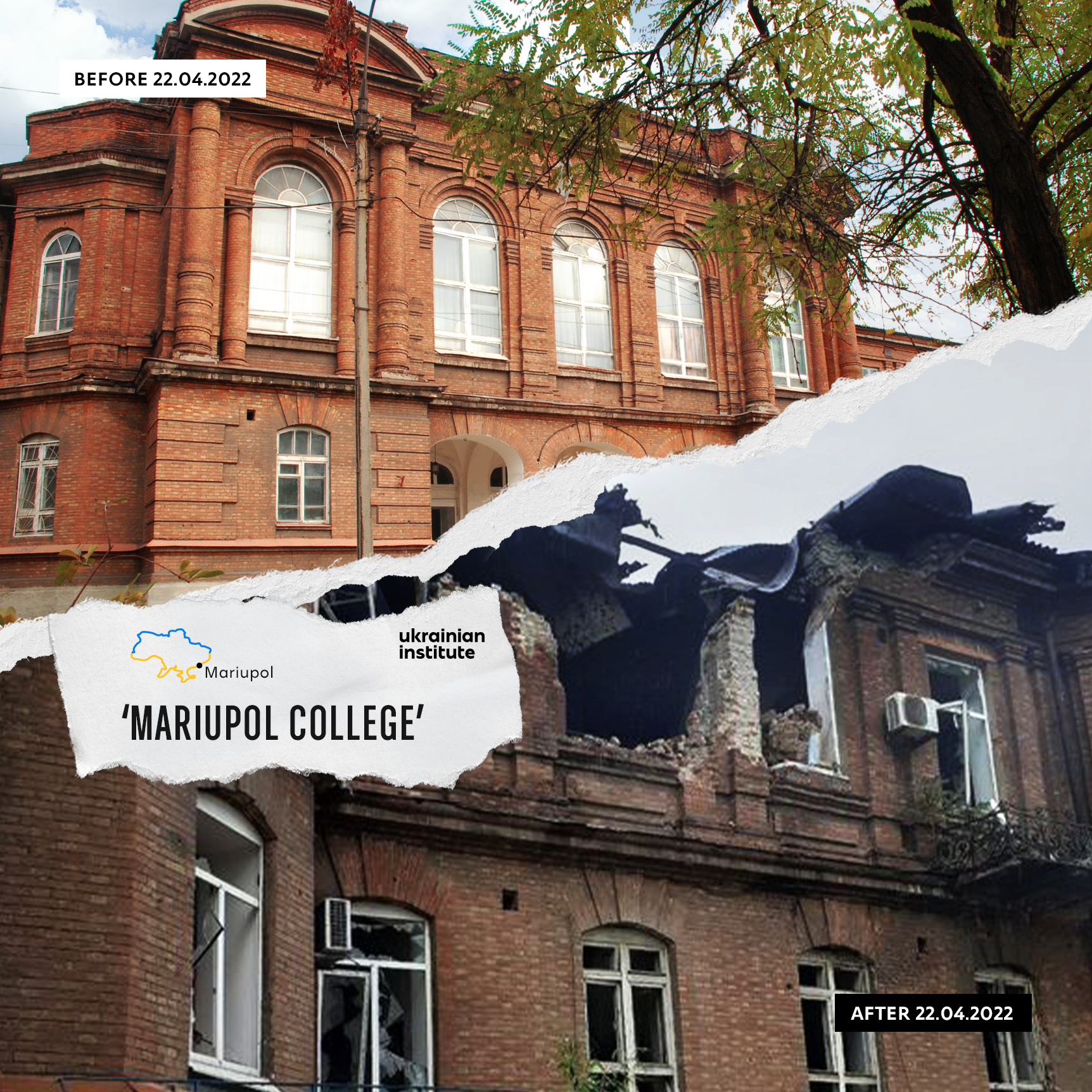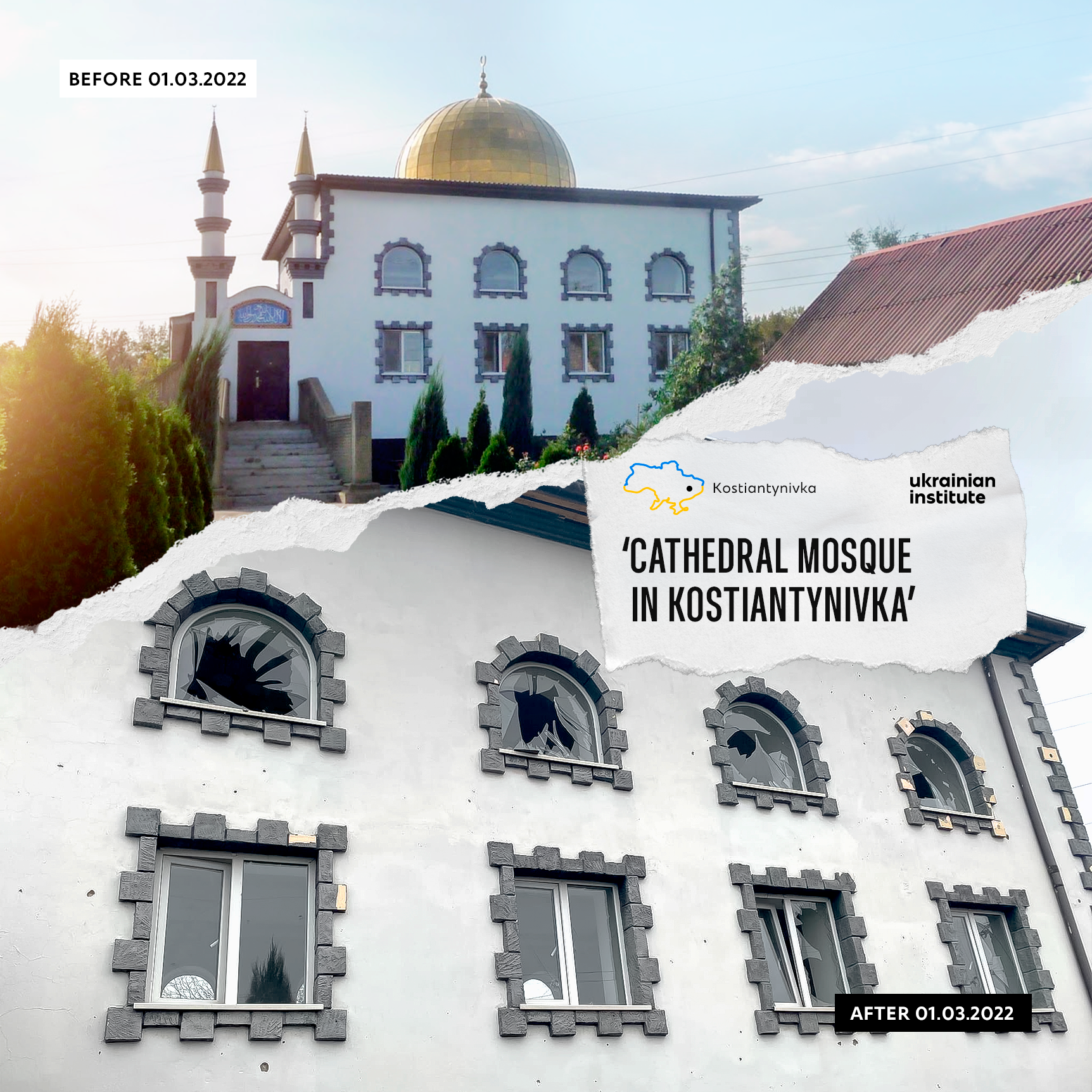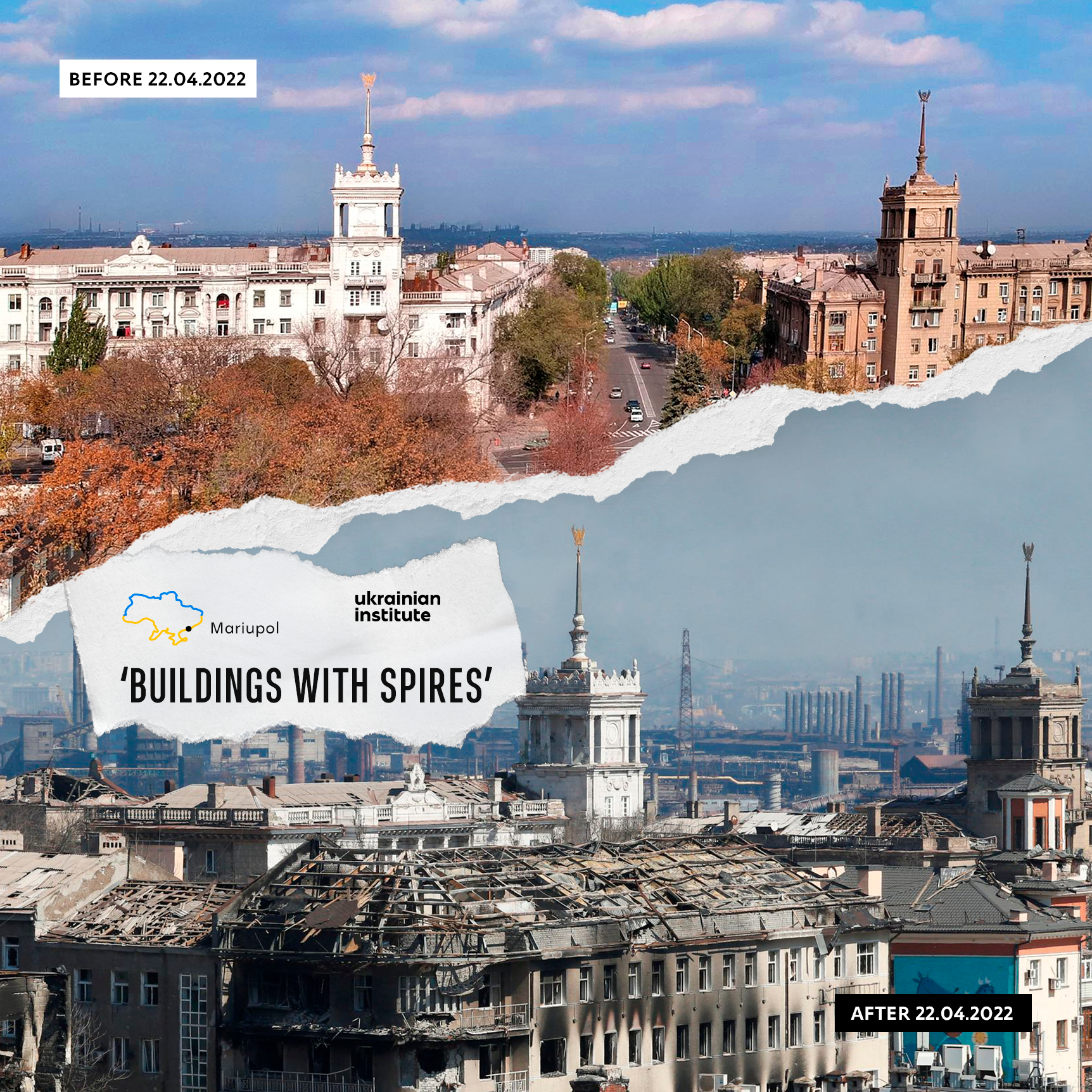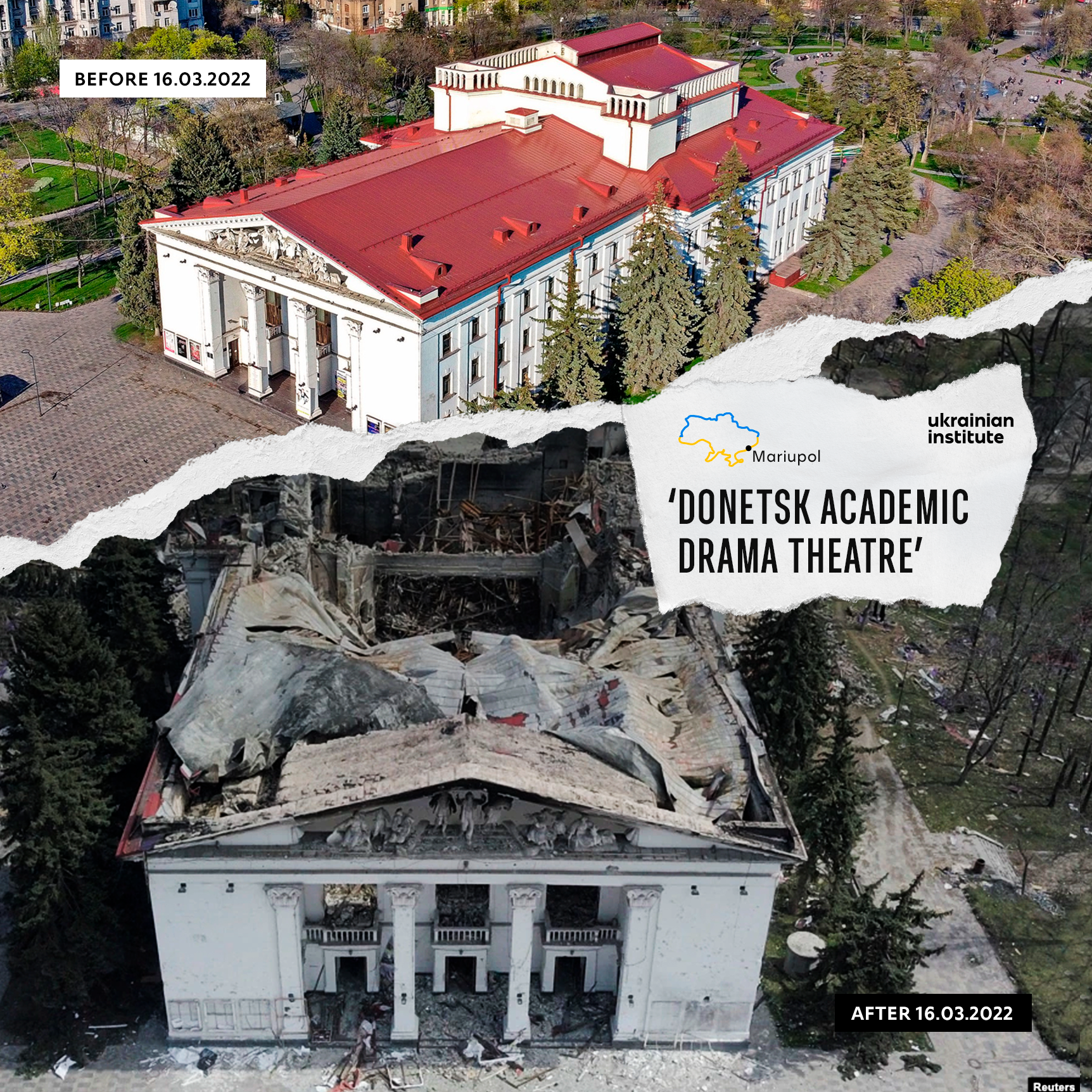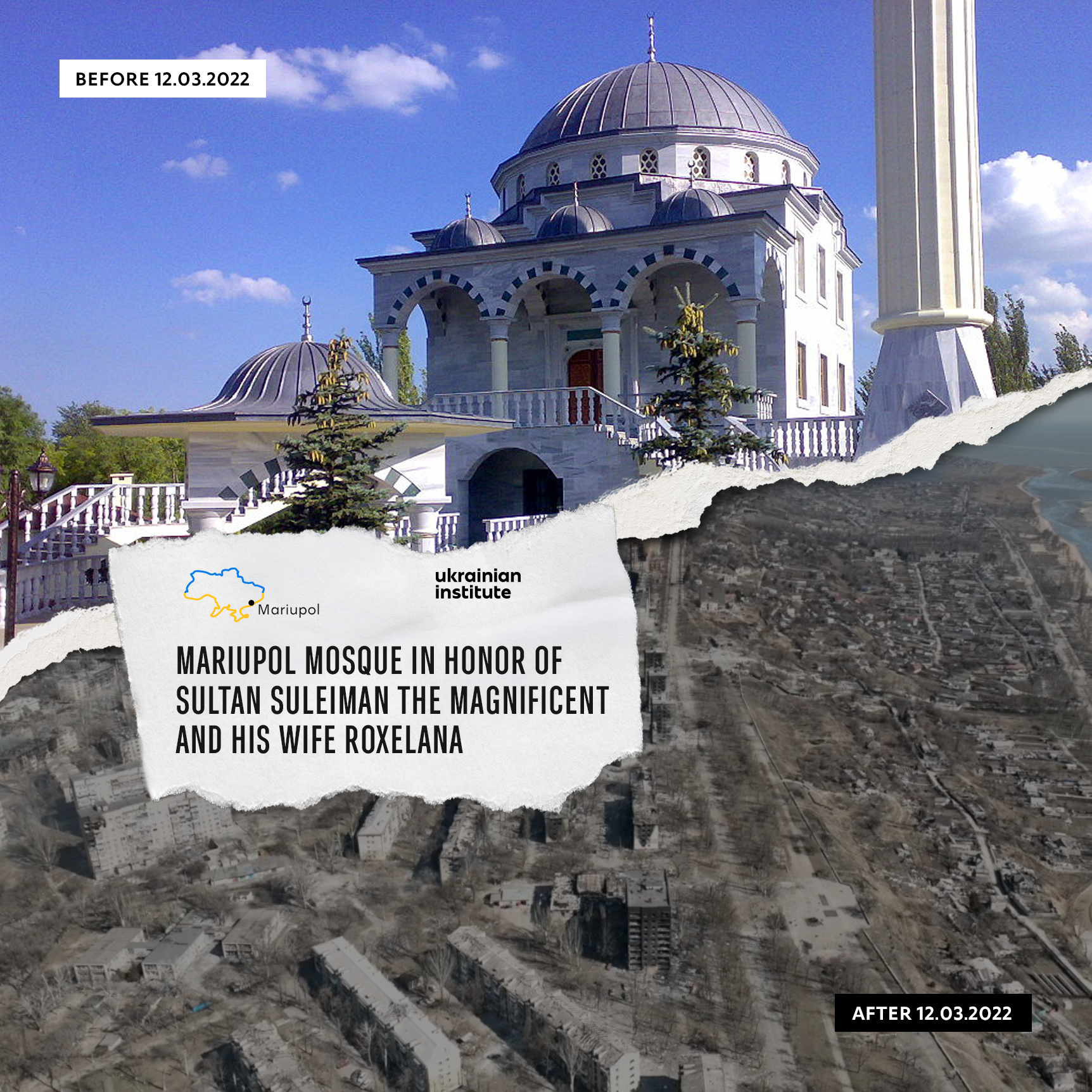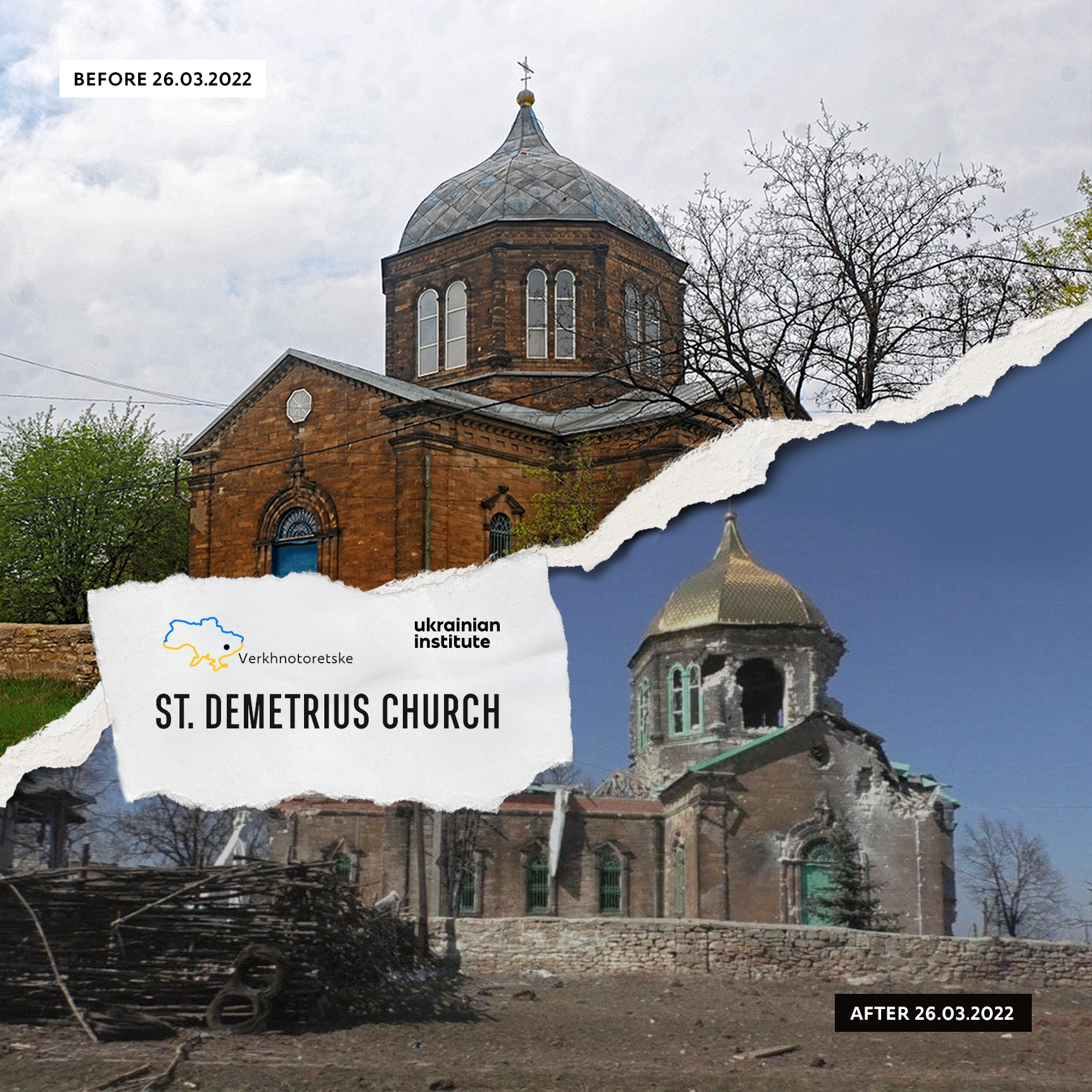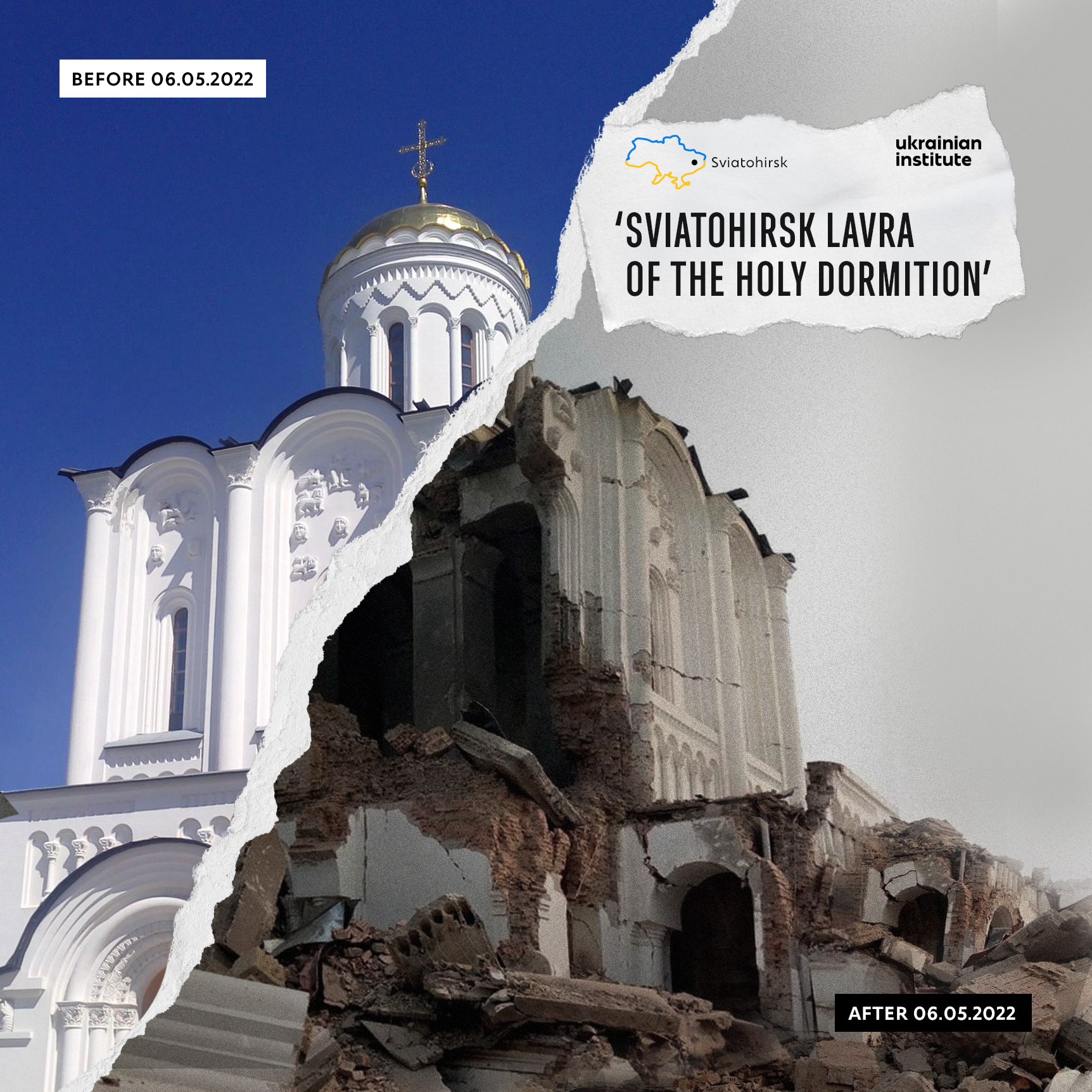
A unique monastery complex of the XVI–XIX centuries with natural caves.
Sviatohirsk Holy Dormition Lavra is located in an exceptional natural landscape on the high cretaceous riverbank of Siverskyi Donets, the so-called Holy Mountains. It is a rare object of the cultural heritage of Ukraine. According to archaeological finds, the first Christian cave dwellers inhabited hills near the river even before the Christianization of Kyivan Rus.
The monastery was surrounded by the river on one side and by the forest on the other, making it possible to repel enemy attacks successfully. Many tried, but no one managed to ruin the temple.
In 1862, a St. George Church was built in the village of Hola Dolyna (‘Bald Valley’). Thus, the history of the St. George Skete of Sviatohirsk Lavra began. 5 years later, in 1867, a public school for boys opened here. Later, it transformed into a parochial school under the monastery and became a spiritual education centre with a library, theatre and Sunday school.
With the beginning of the Soviet regime, the monastery faced its dark times: all its buildings and property were turned into sanatoriums, and the Assumption Cathedral was converted to a cinema. The Soviet authorities destroyed some temples and installed a monument to Red Army commander Artem (Fedir Serhieiev) on the hill peak.
After the regaining of Ukrainian independence, Sviatohirsk Monastery became the third orthodox Lavra in Ukraine. Over a hundred monks lived here, and thousands of pilgrims and tourists visited the Lavra yearly.
In 2014, when Russia attacked Ukraine for the first time, many refugees from the main combat zone, over 300 children among them, found shelter there. Eight years later, as Russia’s military aggression on the East of Ukraine turned into a full-scale war, the Russian military repeatedly shelled Sviatohirsk town in the spring of 2022. The shelling and blasts from the explosions damaged the Assumption Cathedral and its premises, inhabited by a lot of monks and refugees. Several other churches and the monastery museum were also affected.
St. George Skete, an educational centre of the Lavra, was hit hardest. On May 8, the Russian invaders razed it to the ground by a targeted artillery strike.
Whatever stored the memories has now become a memory itself.

